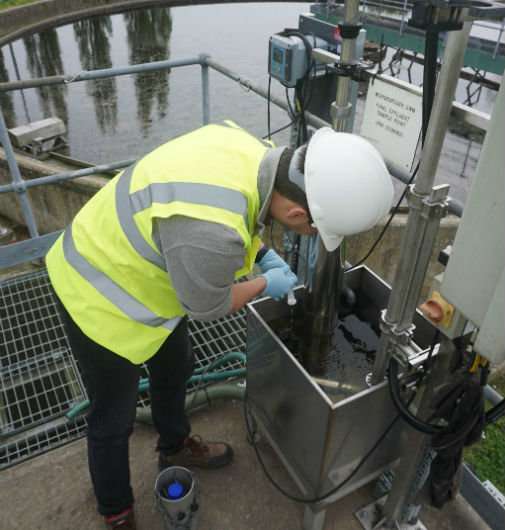Prescription drugs found in York's rivers

Scientists have detected 29 different pharmaceutical drugs in York's two rivers – with some levels higher than previously observed across parts of Europe and Asia.
Samples were taken from the Foss and Ouse and revealed the presence of a range of drug compounds, including antidepressants, antibiotics, antihistamines and medicines to treat epilepsy and diabetes.
The study, one of the most detailed ever undertaken with samples taken from 11 sites over a 12 month period, has raised concerns about the possible environmental impact.
Seasonal spikes
The authors of the study said concentrations of some drugs were higher than previously observed in parts of Europe and Asia.
The results also revealed seasonal spikes, with higher levels of antihistamines in the summer and higher levels of drugs associated with cold and flu symptoms in the winter.
The research team also discovered compounds from drugs not usually available in the UK, but believe they were brought to the city by tourists from the U.S and China and discharged in to the waterways after they were ingested.
The study was led by Emily Burns in the University of York's Department of Chemistry and overseen by Professor Alistair Boxall from the University of York's Environment Department.
Exposure
Professor Boxall said: "There isn't any evidence for impact on human health from pharmaceuticals in rivers, but it definitely deserves more investigation."
"If you compare the levels found in the study with what a patient takes then the degree of exposure is very low. For example, we saw concentrations of metformin – a drug used to treat type diabetes at around 500 nanograms per litre.
"If you drank two litres of this water, you would get about a millionth of a patient's daily dose of the drug.
Professor Boxall added: "However, it is important to realise that these drugs are being emitted continuously into the environment and that we will be exposed to them across our lifetime. There is therefore a concern that some may be causing harm."
"It is a really complex issue to tackle and we don't really have the methods to understand whether long-term exposure to low levels of pharmaceuticals matters or not."
Impact
Professor Boxall said the impact on the ecosystem was also a consideration, with previous laboratory-based studies revealing pharmaceuticals can affect the behaviour and reproduction of fish and invertebrates at the types of levels seen in the environment.
Scientists are now trying to establish whether these effects occur in the real environment.
The study has laid the foundations for a new global project being led by the University of York looking at water samples taken from 60 rivers around the world. The results of which should be known by the end of the year.
The Ouse and Foss results are published in Water Research and the study was funded by the EU's Seventh Framework Programme.
Provided by University of York



















